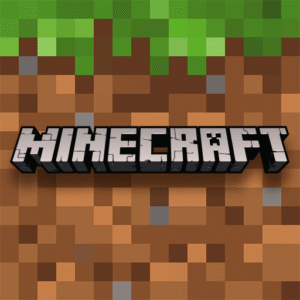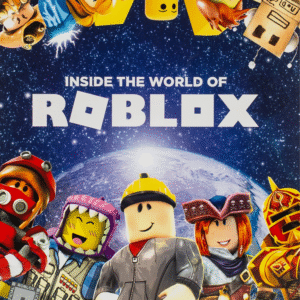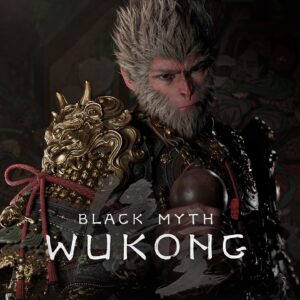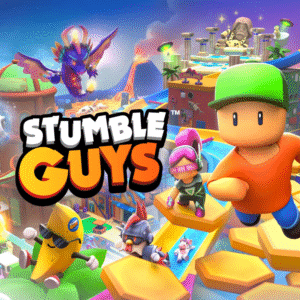The Unboxing: Studio Ghibli’s Newest Artbook is a Masterpiece in Print, But Demands a Masterful Price
Popular Now
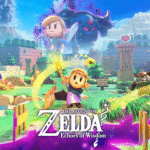 The Legend of Zelda
The Legend of Zelda
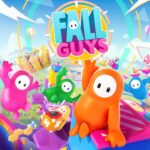 Fall Guys
Fall Guys
 Call of Duty
Call of Duty
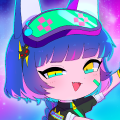 Gacha Club
Gacha Club
 Valorant
Valorant
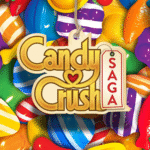 Candy Crush Saga
Candy Crush Saga
 League of Legends
League of Legends
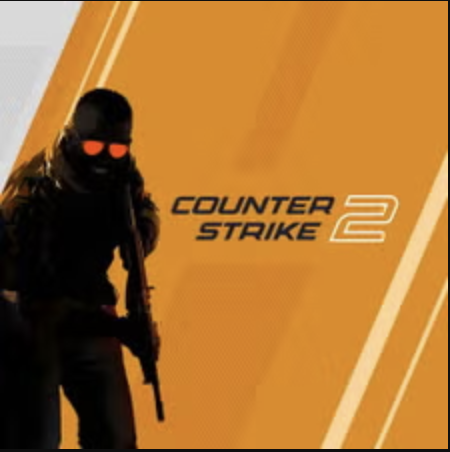 Counter-Strike 2
Counter-Strike 2
 Genshin Impact
Genshin Impact
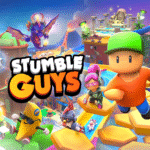 Stumble Guys
Stumble Guys
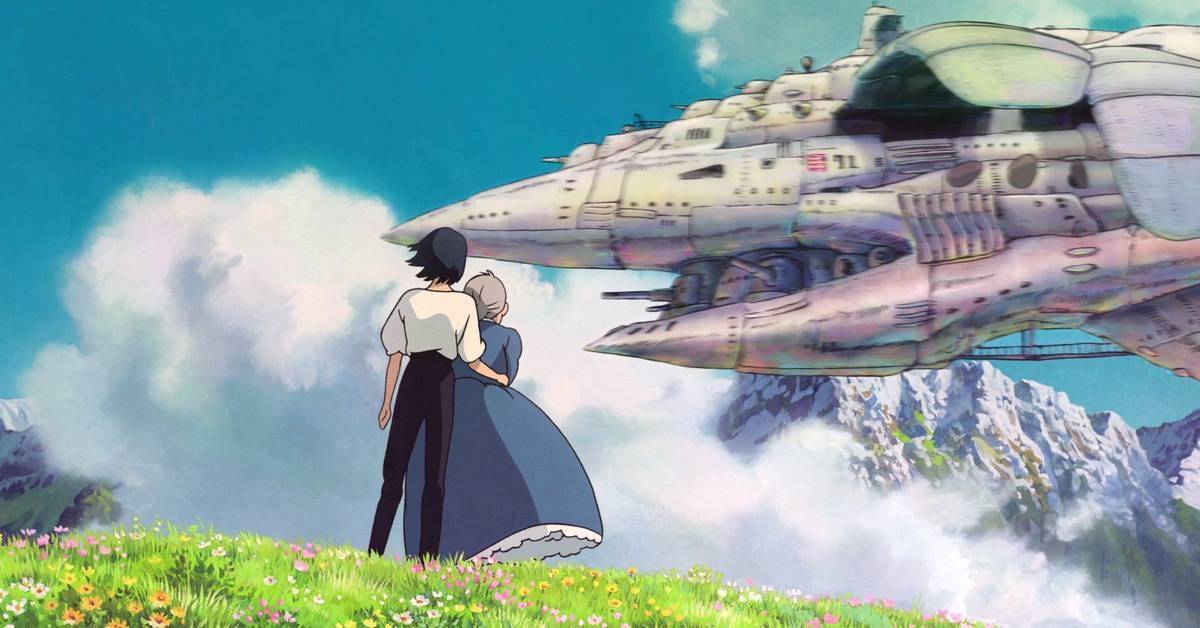
The highly anticipated release of the latest definitive Studio Ghibli artbook has sent ripples of excitement and perhaps a slight tremor of trepidation—due to its premium price tag—through the global animation and art collector community. Dubbed by early reviewers as a magnificent, almost overwhelming tome, this new publication promises to be the most comprehensive visual deep-dive into the legendary studio’s works to date. For fans, it’s a non-negotiable addition to their shelf; for serious design professionals and art historians, it’s an invaluable reference tool. The question remains: does the sheer beauty and depth of the content justify the significant financial investment?
The new title, reportedly “Painting The Worlds Of Studio Ghibli” (Japanese title: スタジオジブリの美術), is not just another collection of stills. It is a monumental 568-page hardcover volume that brings together over 800 pieces of stunning, high-resolution background art and initial sketches. This level of detail offers a profound, granular look into the hand-drawn tradition that defines the Ghibli aesthetic, an approach increasingly valued in an era dominated by AI art generator tools and digital shortcuts.
Keywords for SEO & High CPC: Studio Ghibli Artbook, Visual Design, Animation Art, Art Collector, Premium Publication, Design Professionals, Art Investment, Collectible Books.
A Deep Dive into the Visual Lore and Production Design
What truly sets this premium publication apart is its focus on the meticulous production design and background artistry—the very DNA of the Ghibli world-building. These elements, often overlooked in favor of character animation, are the foundation of the films’ profound sense of place and emotional resonance. The volume covers a vast chronology of the studio’s output, from early classics like Nausicaä of the Valley of the Wind and My Neighbor Totoro all the way through to their latest Oscar-winning feature, The Boy and the Heron.
The included pieces showcase the masterful use of traditional techniques—gouache and watercolors—that give the films their distinctive warmth and texture. This is a powerful counter-narrative to the current industry trends, cementing the studio’s commitment to tangible, hand-crafted visual design. According to reports, the book includes an insightful interview with Yoji Takeshige, a key art director who has shaped the look of masterpieces such as Spirited Away and The Wind Rises, offering priceless context for students of animation and illustration.
Key Features Justifying the Price:
- Unprecedented Scope: Over 800 distinct pieces of background and concept art.
- High-Quality Production: A weighty, 568-page hardcover that ensures color accuracy and durability for long-term art investment.
- Historical Value: Includes artwork from virtually the entire Ghibli filmography, presenting a complete visual history.
- Expert Commentary: Features exclusive text and interviews with key Ghibli animation art directors.
- Targeted Appeal: Essential reading for graphic design students, concept artists, and serious Ghibli aficionados seeking the ultimate collectible books.
The price point—reportedly around 13,200 JPY (approximately $88 to $170 USD depending on the edition and vendor, making it a high-cost art investment)—positions it clearly for the dedicated art collector market. Pre-orders have already surged, with some retailers selling out, underscoring the high demand for such a definitive and beautifully produced cultural artifact.
The Enduring Value of Traditional Animation and Artistry in a Digital Age
In a recent news commentary (Source: Dawn Images, March 30, 2025), Hayao Miyazaki’s legacy and the Ghibli ethos were held up as the gold standard against the rapidly evolving landscape of generative art. The new artbook serves as a physical, tangible testament to this philosophy. It visually argues that the depth, emotion, and complexity found in hand-painted backgrounds and meticulously drafted storyboards are irreplaceable.
For individuals in the graphic design and digital marketing sectors, studying this book offers more than aesthetic pleasure; it provides a masterclass in composition, color theory, and visual storytelling. The sheer volume and quality of the reproduced art offer a crucial benchmark for high-level illustration and creative design standards. It reinforces the idea that true artistic value often comes from dedication, skill, and the human touch, rather than algorithmic efficiency.
The book’s structure is designed for immersion. It organises the art not just by film, but often by theme and environment—exploring the evolution of Ghibli’s water, sky, and architectural motifs. This approach makes it a powerful educational resource for anyone interested in environmental design and how atmosphere is built frame by frame. It’s a resource that transcends the category of “fan merchandise,” establishing itself as a significant contribution to anime art history.
Analysis of Investment Value:
- Scarcity: Initial stock sold out rapidly, increasing its value as a rare artbook.
- Quality: The reported high production standard ensures it will stand the test of time, unlike lower-cost alternatives.
- Cultural Significance: As Ghibli’s work becomes more internationally recognised, the value of definitive records like this rises.
Ultimately, this new Studio Ghibli artbook is an expensive proposition, but one that delivers on its promise of unparalleled beauty and depth. It is an extraordinary celebration of visual design, a defense of traditional animation art, and an essential purchase for those who see art not just as a hobby, but as a serious long-term art investment.
Do you believe the resurgence of interest in hand-drawn animation, championed by works like those in this artbook, will influence the direction of future creative design and illustration trends?




